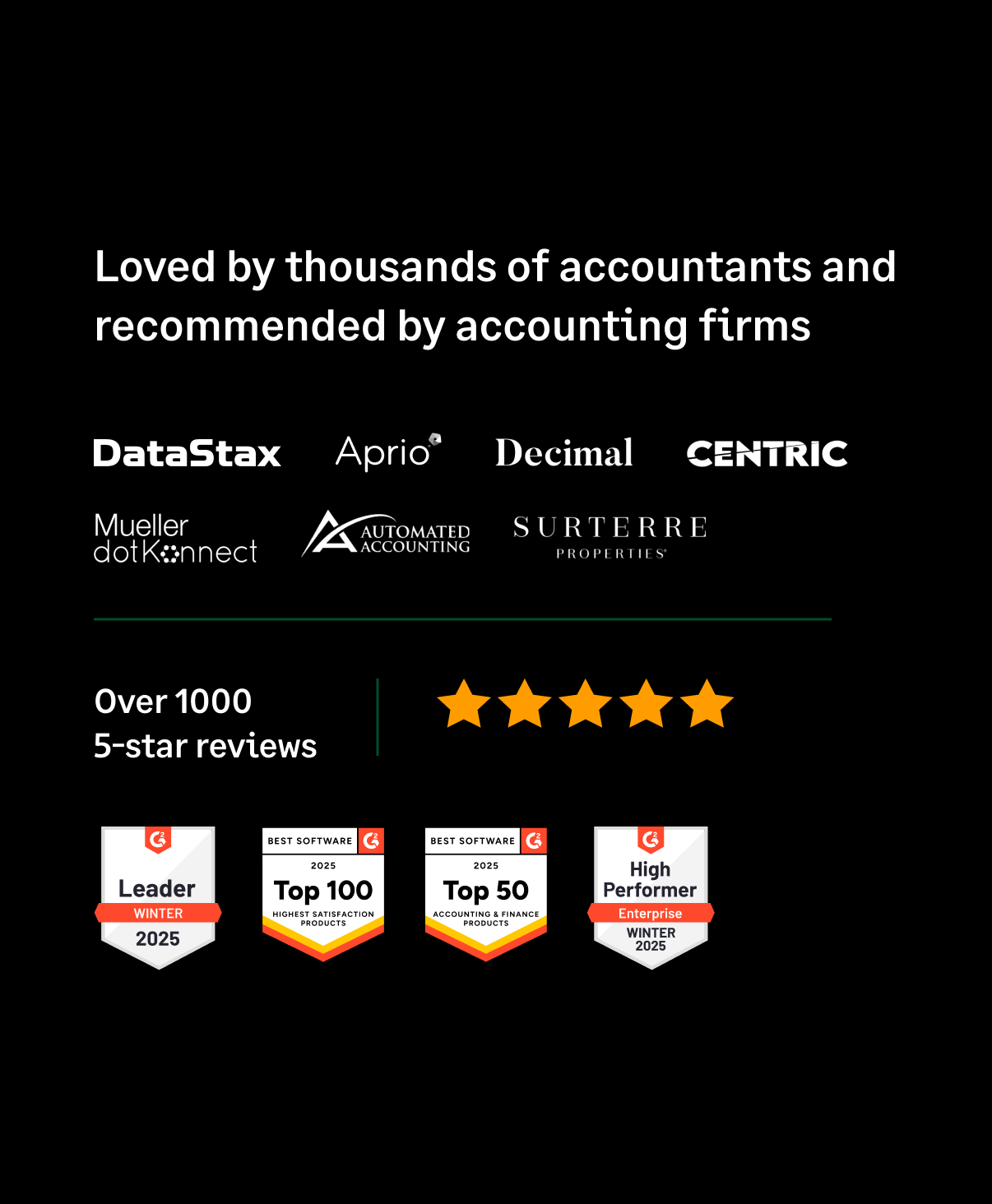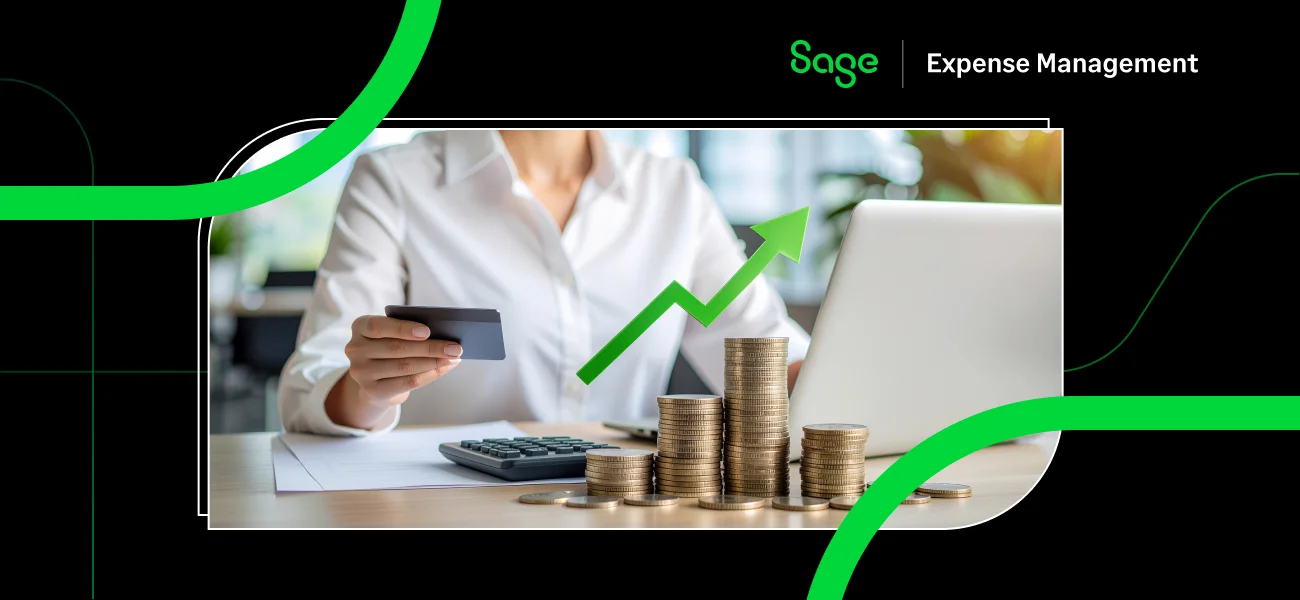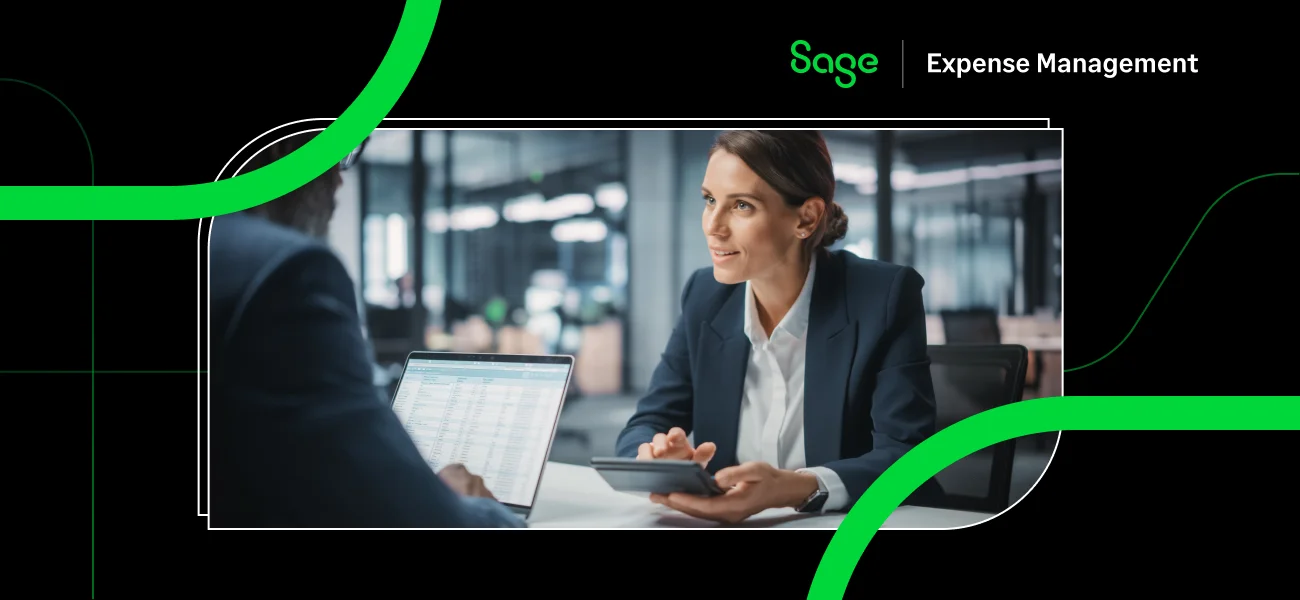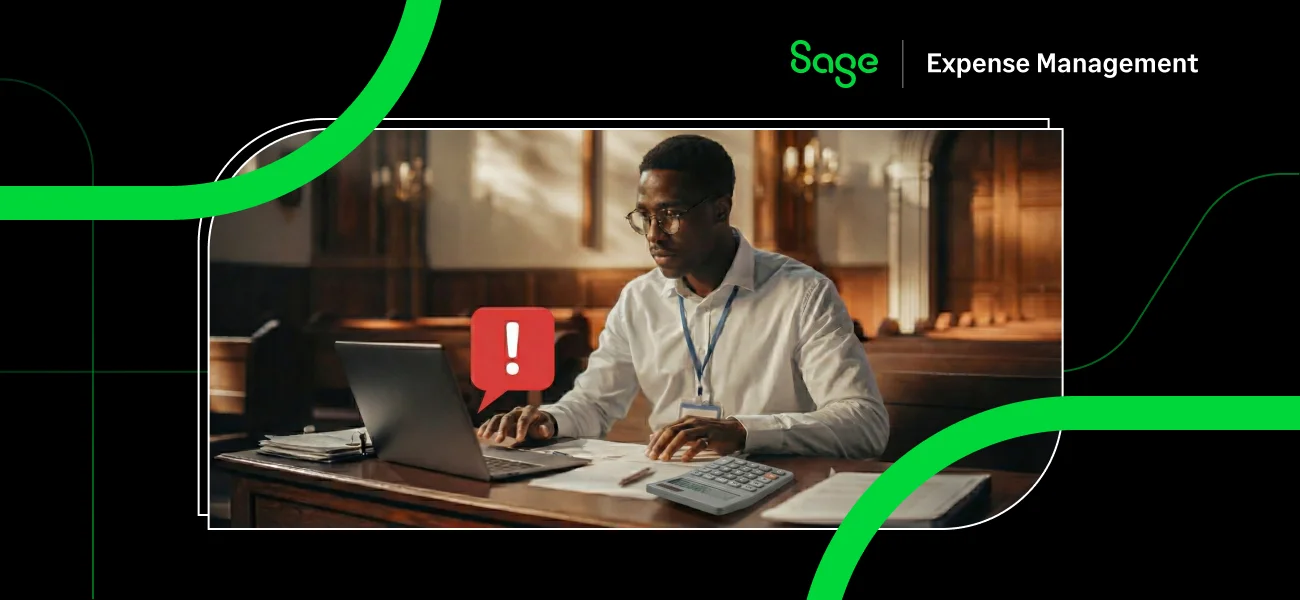Chances are you asked your CFO for a budget to buy an Expense Management Software (EMS) for faster expense reimbursements—or you might be the CFO trying to justify the software cost itself. Irrespective of who you are, it is necessary that you are aware of the costs and potential returns of such an investment.
The returns on investment in an expense management software can be categorized as tangible (quantifiable) and intangible (qualitative):
- Tangible Results: Include monetary benefits like savings on fraudulent expenses, savings from higher compliance with expense policies, and the measurable reduction in processing costs and time.
- Intangible Results: Include benefits like higher employee satisfaction, higher retention rates, and better operational performance.
In this article, we try to explore both the quantitative and qualitative benefits of using expense management software, proving that an EMS is not a cost center—it's a powerful lever for business growth.
Expense Management is Not a Cost Center: It's a Lever for Growth
An investment in optimizing your expense management workflow is an investment directly into sales productivity and financial performance.
The Proven ROI of T&E Spending (The $14.60 Factor)
U.S. business travel spending is one of the most productive activities a company can engage in.
- Business travel yields a 14.6x ROI, or $14.60 in net operating margin for every $1 spent.
- Optimizing this process is critical because U.S. firms miss out on $2.4 trillion in potential new sales revenue due to underinvestment in T&E optimization.
Strategic Benefits of Expense Management Beyond the Budget
Optimizing expense management delivers qualitative returns that impact talent and customer retention:
- Sales & Retention: 95% of C-suite leaders say they would lose customers without in-person meetings. Sales staff estimate 30% of the sales revenue they drive would be lost without face-to-face interactions.
- Talent: Companies with optimized travel programs have lower employee turnover (8.6%). Furthermore, 75% of HR decision-makers agree that advertising business travel opportunities makes a role more attractive.
The Three Core Areas of Financial Return (The ROI Pillars)
The total return on investment for Sage Expense Management is quantifiable across three distinct pillars that address the hidden costs of manual accounting.
- Pillar 1 - Time savings (reclaiming labor hours): This quantifies the labor hours that are converted from wasted administrative tasks into productive time.
- Pillar 2 - Cost reduction (rliminating manual processing): This quantifies the money saved by reducing processing costs and eliminating the high cost of human error.
- Pillar 3 - Risk mitigation (saving money on compliance): This quantifies the value of preventing fraud, non-compliance fines, and costly audit risks.
Pillar 1: Time Savings — From Hours to Minutes
Manual expense processing consumes significant labor hours from both employees and the finance team. Sage Expense Management directly targets this labor waste, converting hours of administrative work into reclaimed, productive time.
Automated Reconciliation: Cut 90% of Matching Time
- Manual baseline: The industry baseline for manually matching credit card transactions to receipts during monthly reconciliation is approximately 5.5 hours per month per company.
- Sage Expense Management impact: Sage Expense Management achieves a dramatic 90% reduction in manual reconciliation time by automatically matching transaction data to receipts instantly upon employee submission.
Reducing the Receipt Chase by 98%
- The problem: Finance teams spend significant hours monthly on manual follow-up—calling, emailing, and messaging employees for missing receipts.
- Sage Expense Management impact: Sage Expense Management’s Conversational AI, lets you submit receipts via text message right at the time of purchase. This has cut down the time spent chasing missing receipts by 98%.
Your receipts come to you immediately, not in days or weeks.
{{conversational-ai-text="/cta-banners"}}
Your Total Annual Time Savings
Let's take a sample SMB with 83 employees submitting 250 expense reports per month, supported by a finance team of 5 employees.
The company can achieve the following projected time savings annually:
- Total Annual Time Savings: The company saves approximately 1,248 hours of labor time per year.
- Time Reclaimed Monthly (Overall): This translates to over 104 hours each month that the finance team and employees can redirect to more strategic tasks.
Pillar 2: Cost Reduction — Automating the Workflow
The high cost of manual expense reporting stems from labor and the inevitable human errors that follow. Automating the workflow converts high-cost administrative work into low-cost, software-driven execution.
Eliminating Manual Processing Costs
- Baseline cost: The average industry cost to manually process a single expense report is approximately $60.
- Sage Expense Management impact: By automating data capture, coding, and submission, Sage Expense Management achieves a 70% cost reduction per report, drastically lowering your administrative overhead.
The High Cost of Human Error
- The industry standard: Industry data shows that up to 20% of expense reports contain errors.
- Cost to fix: The average cost to fix a single erroneous report—including the finance team's time for back-and-forth—is an additional $50.
- Sage Expense Management impact: Automated data capture and validation prevent errors upfront, reducing the error rate by 90%. This eliminates the hidden cost of correcting mistakes, saving your business thousands annually.
Pillar 3: Risk Mitigation — Averting Compliance Costs
This pillar quantifies the financial value of preventing fraud, non-compliance fines, and audit risks, turning compliance from a defensive chore into a proactive source of savings.
Real-Time Policy Enforcement
Real-time policy checks are the first line of defense. The system flags violations the moment they occur, stopping out-of-policy spend before it becomes a costly historical audit risk. This ensures adherence to company expense policies and IRS rules for deductible expenses.
Quantifying Averted Fraud and Non-Compliance
Sage Expense Management has a powerful and quantifiable impact on compliance. The system detected 11,258 policy violations in 2024 alone, leading to $4,645,098 in savings for customers.
Why Sage Expense Management (formerly Fyle) Delivers the Highest ROI
The Unique "Bring Your Own Card" (BYOC) Model

Sage Expense Management is the only platform that directly integrates with all major credit card networks without forcing a card switch. You get instant text alerts for all credit card purchases.
This protects your existing credit lines and valuable rewards programs, which is a major drawback of competitors.
Focus on Adoption (The Employee Experience)

Employees submit receipts easily via Text Message, Outlook, or Gmail, ensuring a near-zero learning curve and eliminating resistance to new tools. This focus on employee experience drives proven, scaled adoption across the entire organization.
Your ROI with Sage Expense Management
Let's take the example of an SMB retail company with 83 employees submitting 250 expense reports per month, supported by a finance team of five employees.
- Total Estimated Annual Money Savings: $173,600
- Annual ROI Percentage: 1,446.6%
- Estimated Payback Period: 0.83 Months (approx. 25 days, for a company with 83 employees)
- Total Estimated Annual Time Savings: 1,248 hours /year
Stop leaving revenue on the table. Your current manual process is costing your organization both time and money.
Sage Expense Management doesn't just cut costs—it accelerates your path to profitability.
Ready to convert tedious administrative work into efficiency gains and measurable returns?
Schedule your personalized demo now to unlock your savings!




















